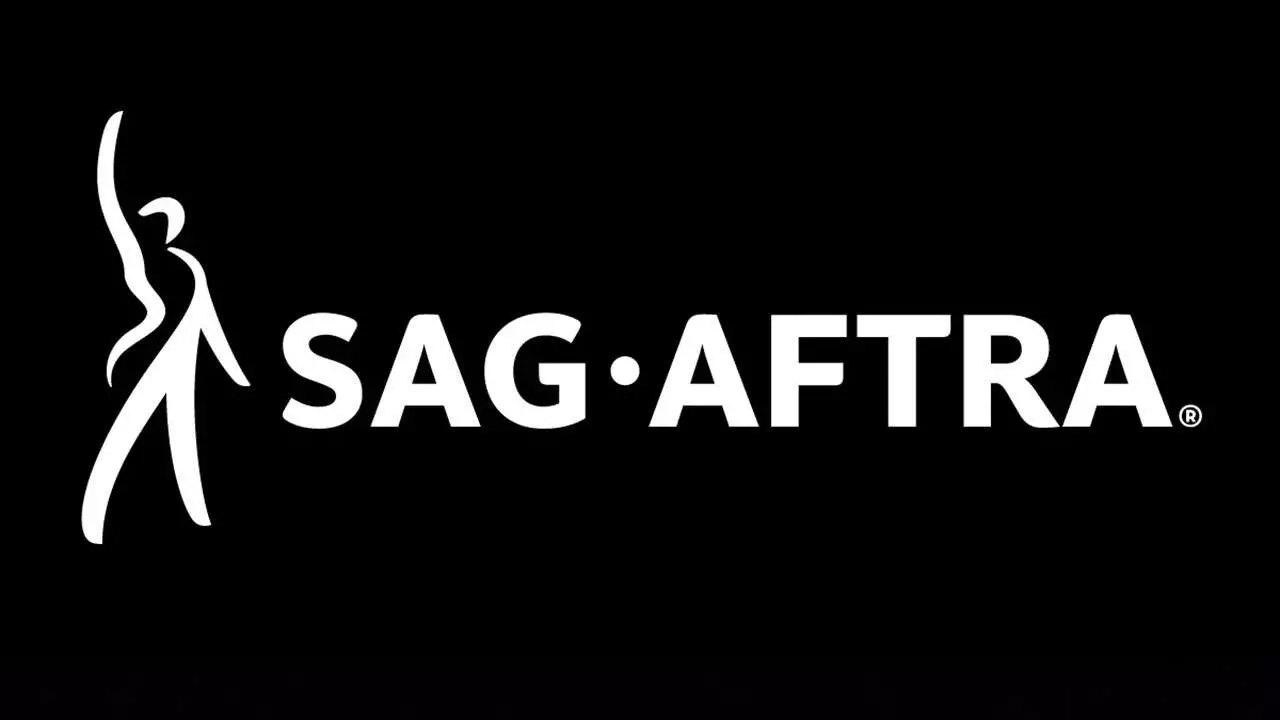In a significant development within the entertainment and gaming industries, the Screen Actors Guild – American Federation of Television and Radio Artists (SAG-AFTRA) is poised to re-enter negotiations with major companies involved in video game production following a prolonged strike concerning the use of artificial intelligence (AI) in voice work. The meeting, scheduled for October 23, aims to address the concerns that led to the original strike, primarily focused on safeguarding the rights and livelihoods of voice actors in an evolving technological landscape. This article delves into the complexities surrounding the strike, the demands of the guild, and the implications for the future of the gaming industry.
Video games have become increasingly sophisticated, with production values often rivaling those of blockbuster films. The integration of voice acting plays a crucial role in enhancing the narrative and overall gaming experience. However, the rise of AI technology has introduced significant challenges and concerns for voice actors who fear that their voices, likenesses, and performances may be replicated without adequate consent or compensation. The original strike highlighted these issues, emphasizing the necessity for guidelines that protect performers in an era where AI can reproduce human expressions and emotions with striking accuracy.
Among the companies involved in the upcoming negotiations are industry giants such as Disney, Activision, Electronic Arts, and Warner Bros. Games—all of which have substantial stakes in the Interactive Media Agreement. This collaboration, known as the convenience bargaining group, includes various production entities that have been part of the negotiations to address these pressing issues. It is imperative for these companies to foster an environment where both creative talents and technological advancements can coexist without undermining the valuable contributions of individual performers.
The strike escalated further when SAG-AFTRA turned its attention to the Formosa Group, accusing the voiceover production company of pursuing non-union work through a shell entity, jeopardizing the integrity of union standards. This conflict underscores the fragility of relationships within the industry, as the guild sought to expand its strike action over allegations connected to one of the most popular video games, League of Legends. Riot Games, the developer behind League of Legends, has publicly distanced itself from these claims, advocating that it adheres strictly to union protocols while employing union-affiliated actors and technicians. This incident reflects ongoing tensions between labor organizations and production companies amid a rapidly changing industry landscape.
One of the primary goals of SAG-AFTRA during these negotiations is to secure guarantees that the use of performers’ voices and likenesses in AI models will always be subject to consent and appropriate compensation. Union representatives assert that the gaming industry must take cues from other sectors that have established fair practices concerning AI and creative work. According to Jeff Bennett, SAG-AFTRA’s general counsel, the sentiment is for game developers to recognize the value of human creative performance and to proactively implement measures that respect the rights of artists.
The outcome of the impending negotiations will undoubtedly set a precedent for how the gaming industry approaches voice performance and AI technology. As companies prepare to gather around the negotiating table, the stakes are high. How they respond to the concerns of SAG-AFTRA will have lasting implications not only for current and future voice actors but also for the ethical considerations surrounding AI in creative industries.
The resurgence of negotiations between SAG-AFTRA and key industry players underscores the pivotal nature of this moment in gaming history. As technology continues to evolve, so too must the discussions regarding the rights and compensation of artists who contribute to the vibrant tapestry of video games. The world will be watching to see if a harmonious resolution can be achieved that respects human creativity while embracing technological advancements.

